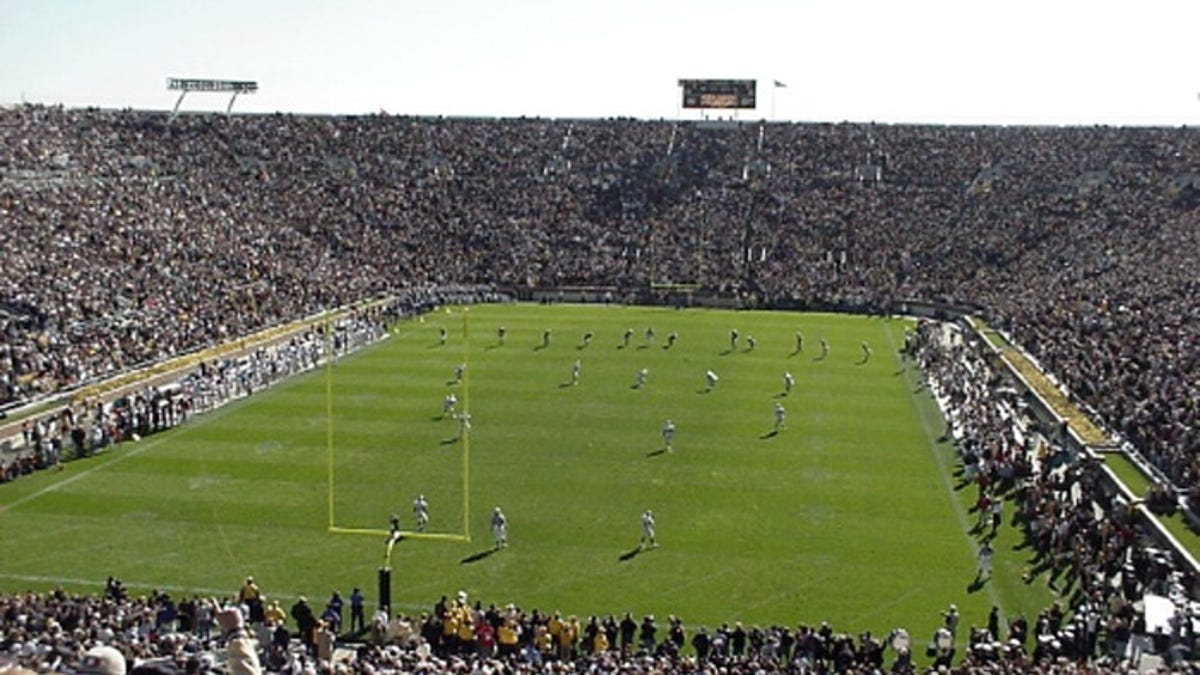Notre Dame football tests smart mouthguards
Notre Dame's Fighting Irish will test the new X2IMPACT intelligent mouthguard this season. The device records impact data for concussion research while also protecting players during games.

The Notre Dame Fighting Irish football program was the first to win 11 national championships and the first to win seven Heisman Trophies. Now, it'll be among the first to try out a new protective mouthguard that records and reports impact data to help battle concussions.
Pro and college football are much more concerned with head injuries than they were even five years ago, with more data supporting the theory that multiple concussions--even in youth--can lead to long-term depression, permanent memory problems, and dementia later in life.
The "intelligent mouthguard" by Seattle's X2IMPACT records the g-force of collisions throughout games for 22 specially selected Fighting Irish players.
Once the units are fitted and in place, acceleration and rotation sensors gather real-time in-game data and send it via wireless transmitter to a laptop along the sidelines. That information will be used by medical experts, designers of protective gear, and other professionals to improve player safety by creating better mouthguards, helmets, and so on.
The 2011 season-ending game between rivals Notre Dame and Stanford should provide a gold mine of data as Stanford will also be wearing the X2IMPACT units. When the elite athletes from the two schools meet in various football combat situations, researchers will be able to analyze the forces unleashed on both human skulls and the brains inside them when a cornerback and wide receiver meet, or when a 300-pound defensive tackle sacks a quarterback.

